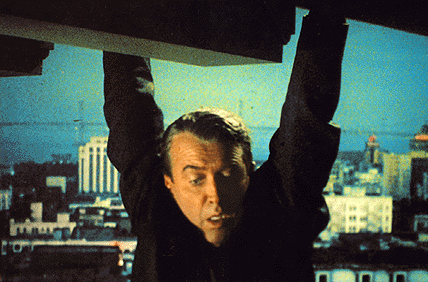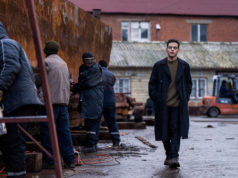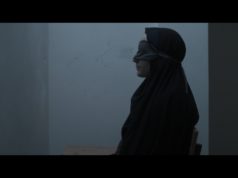So everybody in the film world is buzzing about Sight & Sound’s new poll of the greatest films ever, which the British publication has conducted every 10 years since 1952. The main topic of conversation is Alfred Hitchcock’s Vertigo dethroning Orson Welles’ Citizen Kane in the top spot. I don’t have any strong objections, even though I’m one of those critics who prefer other Hitchcock films (Rear Window and Psycho, specifically — I’d include Rebecca, too, but Laurence Olivier seems uncharacteristically constipated in it).
Kane was entrenched in that top spot for decades, and I’m not sure the adulation has been entirely good for its reputation. It’s become a film school staple because its techniques were trailblazing back in 1941, but the best audience for it isn’t film students but older people who can appreciate the film’s study of aging. (The fact that Welles was only 26 when he made it becomes more astonishing the older I get. The only other similarly young filmmaker I can think of who showed that kind of understanding of age is Sarah Polley, who was 29 when she wrote and directed Away From Her.) The other thing is, the encrusted reverence for the film has tended to obscure just how much fun it is, especially in the early going when Kane makes his way in the newspaper business. Now that Citizen Kane is just a great film and not The Greatest Ever, maybe we can better see it for what it is.
Vertigo now gets its turn in the spotlight, and it’s a classic example of a legitimately great movie that makes absolutely no sense when you apply real-world logic to it. I mean, really, how does Gavin Elster think he’s going to get away with his scheme of killing his wife and then hiring some actress to impersonate her for Scottie’s benefit? That doesn’t matter, though. As Christopher Nolan could tell you, movies don’t operate by real-world logic but by dream logic, and Vertigo is a fever dream swirling with male desires and insecurities. As such, it is endlessly fascinating. Bernard Herrmann’s music is achingly beautiful, too — it created a controversy last year when it popped up in The Artist.
The rest of the list just depresses me, and not just because Singin’ in the Rain fell out of the top 10. There’s no comedy at all in the Top 10, nor are there any films made after 1968. The highest-ranked movie whose year of release begins with a “2” is Wong Kar-Wai’s In the Mood for Love (a nice pick, admittedly). A partial list of filmmakers completely shut out of the top 50 includes: Steven Spielberg, Woody Allen, Robert Altman, Spike Lee, Terrence Malick, the Coen brothers, John Sayles, Michael Mann, Quentin Tarantino, Steven Soderbergh, Pedro Almodóvar, Luis Buñuel, Marcel Carné, Claude Chabrol, René Clair, Jean Cocteau, Eric Rohmer, Jacques Rivette, Rainer Werner Fassbinder, Werner Herzog, Max Ophüls, G.W. Pabst, Howard Hawks, Ernst Lubitsch, Preston Sturges, Michael Powell, David Lean, Mike Leigh, Ken Loach, Roman Polanski, Krzysztof Kieślowski, Hayao Miyazaki, Hiroshi Teshigahara, Chen Kaige, Zhang Yimou, Victor Sjöström, Luchino Visconti, Sergei Parajanov, Lars von Trier, and Mohsen Makhmalbaf. You could make a nice 50 just out of their movies.
Anyway, I’m not going to spend much outrage on the list. I’m already on record as thinking these lists are ridiculous. Go check out some of the movies on Sight & Sound’s top 50. You’ll see great films, and even if they don’t give you too many laughs, one might well change your life.












